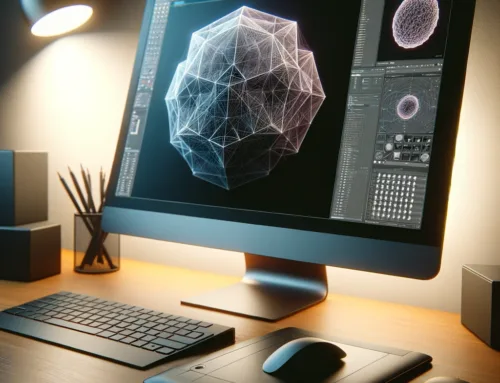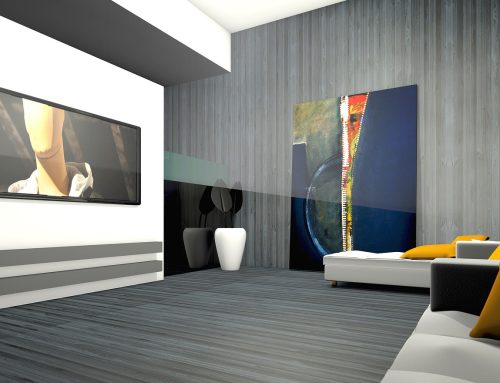Wie Sie mit Quills Animationswerkzeuge ihre VR-Paintings zum Leben erwecken.
Facebooks Virtual-Reality-(VR-) Painting-Tool Quill ist seit seiner Einführung Ende 2016 in der Branche ein sehr gefragtes Werkzeug, allerdings hat ein Update Anfang Februar 2018 das Tool in etwas völlig Neues verwandelt. Mit den Tools in der App zur Animation von Quill-Arbeiten, haben die Anwender nun mit der Zeit eine neue Dimension, sich künstlerisch auszudrücken.
Wenn Sie schon einmal ein Strichmännchen Daumenkino mit der Ecke eines Notebooks oder einem Stapel Haftnotizen gemacht haben, verstehen Sie bereits die Grundlagen der Keyframe-Animation: Ordnen Sie eine Sequenz von leicht wechselnden Bildern hintereinander an und beobachten Sie, wie sie zum Leben erwachen, während sie schnell durchblättern.
Das folgende Video veranschaulicht ein entsprechendes Beispiel:
Das ist die Grundlage für das bisher größte Quill-Update. Das Tool enthält jetzt eine Reihe von Animationswerkzeugen, mit denen Sie diskrete Frames zeichnen und in Animationssequenzen anordnen können. Mit hilfreichen Werkzeugen, um frühere Frames zu visualisieren und schnell neue Frames zu erstellen, können Künstler nicht nur einen Moment in der Zeit, sondern eine ganze Szene ausdrücken. Das folgende Video gibt ihnen einen kurzen Einblick in die Animationswerkzeuge in Aktion:
Facebook sagt, dass die in-VR-Animationswerkzeuge im Vergleich zu einer Kombination aus VR und traditioneller Animationssoftware erhebliche Zeiteinsparungen bringen. Durch einen direkten Zugriff auf die Animationswerkzeuge in der App ermöglicht das Update VR-gezeichnete Animationen einfacher und schneller zu erzeugen. Facebook behauptet, dass der renommierte VR-Artist Goro Fujita, seinen animierten Kurzfilm Beyond the Fence in nur 3 Wochen fertigstellen konnte, ein Unterfangen, das mit traditioneller 3D-Animationssoftware über ein Jahr hätte dauern können.
Das Unternehmen sagt auch, dass sie daran arbeiten, Quill-Inhalte in Facebook Spaces zu integrieren, so dass Künstler ihre Arbeit mit anderen teilen und mit Freunden gemeinsam Geschichten anschauen können. Ein sinnvoller Schritt, wenn man bedenkt, dass Quill unter dem Dach des Facebook Social VR-Teams entwickelt wird, nachdem das Oculus Story Studio, wo es ursprünglich konzipiert wurde, mittlerweile abgeschafft wurde. Es wird nicht erwähnt, wann das Facebook-Spaces-Viewing zum Einsatz kommen wird, aber das Unternehmen sagt, dass sie sich in der Entwicklung dieser und vieler weiteren Quill-Updates und -Features für die Zukunft befinden.


